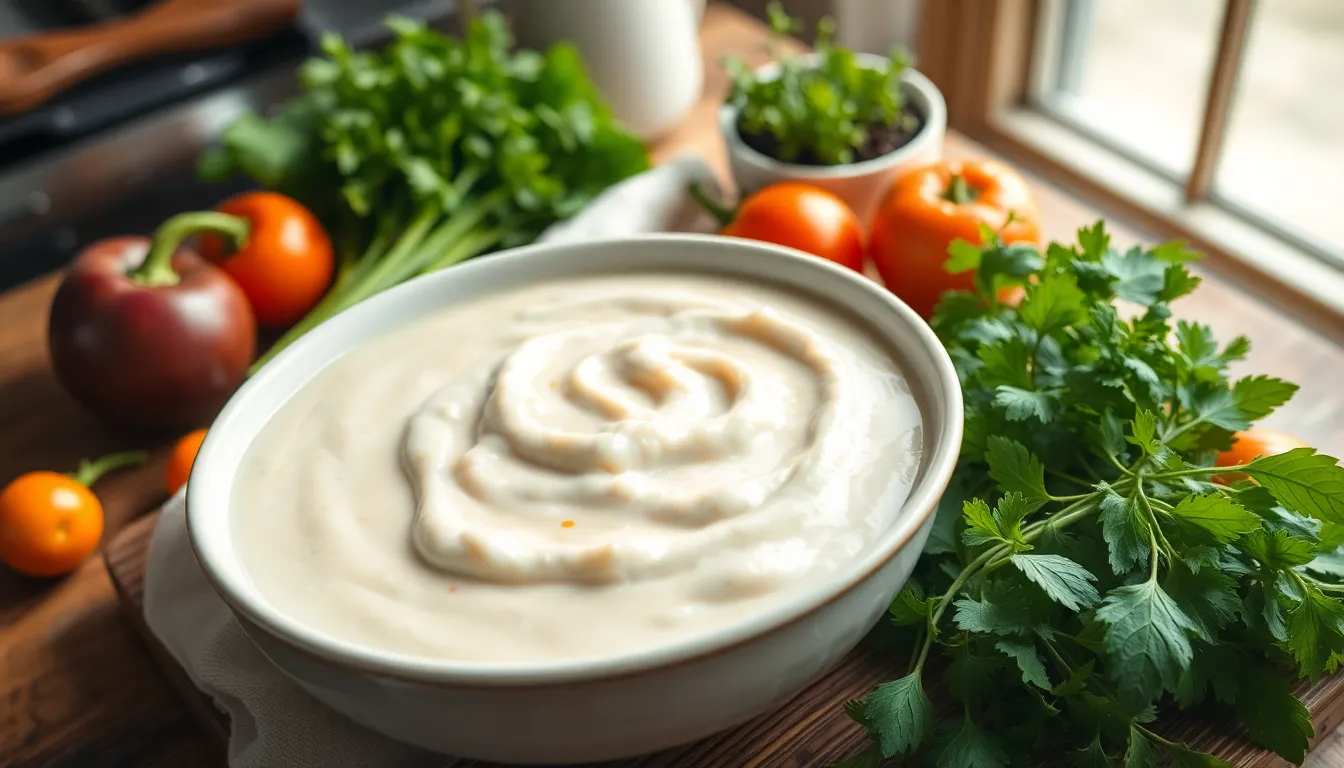Imagine waking up one day and realizing that your body has declared war on something as innocuous as ridugai. It’s not your fault—some folks just can’t handle certain ingredients. Ridugai, a popular ingredient in various cuisines, can be a hidden troublemaker for those with allergies.
Table of Contents
ToggleUnderstanding Allergies
Allergies occur when the immune system mistakenly identifies a harmless substance, like ridugai, as a threat. Certain individuals experience immediate reactions to these foods, resulting in symptoms ranging from mild to severe. Recognizing the symptoms is crucial, as they can include hives, swelling, or difficulty breathing.
Common allergens differ for each person, making it vital for those allergic to ridugai to read food labels carefully. Avoiding this ingredient in meals can prevent potential exposure and adverse reactions. For many, even trace amounts of an allergen can trigger significant health issues.
Consulting with healthcare professionals helps individuals manage their allergies. They often recommend carrying an epinephrine auto-injector when diagnosed with severe allergies. Awareness of cross-contamination is important; food prepared in the same environment as ridugai may also pose risks.
Educating family and friends enhances safety. Sharing information about the allergy promotes understanding and helps create a supportive dining environment. Additionally, individuals should inform restaurants and food providers about their allergies to avoid accidental exposure.
Overall, understanding allergies and their implications enables individuals to lead healthier lives while navigating food choices carefully.
What Is Ridugai?

Ridugai is a widely used culinary ingredient known for its distinctive flavor and texture. Many cuisines around the world incorporate ridugai into various dishes, often enhancing overall taste.
Composition of Ridugai
Ridugai primarily consists of starches, proteins, and minimal fats, contributing to its useful properties in cooking. Its high carbohydrate content offers energy, while protein levels can vary, depending on the source of the ingredient. Nutritional values often highlight significant levels of vitamins and minerals, making ridugai a functional food choice for some. While beneficial for most, individuals with allergies must remain vigilant due to potential reactions triggered by specific proteins or additives present in ridugai.
Common Uses of Ridugai
Culinary applications of ridugai span a range of dishes, from soups to main courses. Chefs frequently use it as a thickening agent, lending a creamy texture to sauces and gravies. In baked goods, ridugai serves to enhance moisture and improve overall consistency. Additionally, some cultures utilize ridugai in traditional dishes, reflecting cultural heritage and culinary practices. When dining out, individuals allergic to ridugai should inquire about menu items to avoid accidental exposure.
Symptoms of Being Allergic to Ridugai
Recognizing symptoms of an allergy to ridugai is essential for safety. Reactions can vary significantly, with symptoms appearing shortly after exposure.
Mild Reactions
Common mild reactions include hives, rashes, and itching. Skin allergies usually manifest as localized swelling or redness. Gastrointestinal discomfort such as nausea, vomiting, or abdominal pain may also occur. Sneezing or nasal congestion sometimes accompanies these symptoms. Individuals experiencing mild reactions can often manage their symptoms with over-the-counter antihistamines. Monitoring symptoms can help determine when to seek further medical advice.
Severe Reactions
Severe reactions can lead to anaphylaxis, a life-threatening condition. Symptoms such as difficulty breathing, rapid heartbeat, and swelling of the throat may arise. Individuals might experience dizziness or loss of consciousness during a severe allergic reaction. Prompt treatment is critical; using an epinephrine auto-injector immediately can save lives. Anyone allergic to ridugai should carry this emergency medication at all times. Knowing the symptoms of severe reactions helps in taking swift action when necessary.
Diagnosis and Testing
Diagnosing a ridugai allergy involves several steps, starting with a thorough medical history. Health care providers conduct assessments to understand the patient’s symptoms, frequency, and conditions related to food consumption. Identifying specific triggers can reveal important information about the allergy.
Skin prick tests provide immediate results, where a small amount of ridugai extract is placed on the skin. An allergic reaction, indicated by swelling or redness, suggests sensitization to the ingredient. Blood tests may also be employed to measure levels of specific IgE antibodies, confirming the immune system’s response to ridugai.
In some cases, oral food challenges play a crucial role in diagnosis. Under medical supervision, individuals consume small amounts of ridugai to monitor for adverse reactions. This process helps differentiate between allergies and intolerances effectively.
Allergists often recommend keeping a food diary. Recording meals and symptoms assists in identifying patterns and potential allergic reactions over time. It’s an effective tool for both patients and professionals to evaluate dietary habits.
Collaboration with a registered dietitian may be beneficial. These specialists provide insights into safe food choices and label reading techniques. Understanding cross-contamination risks also plays a significant role in managing ridugai allergies.
Education about allergies extends beyond the clinical setting. Informing family, friends, and coworkers raises awareness and fosters supportive environments. Knowledge about how to recognize symptoms and respond to reactions ensures safety in various situations.
Routine follow-up appointments allow for ongoing assessment and management. Revisiting allergy testing and reviewing dietary changes enhances understanding. This proactive approach supports individuals as they navigate their allergies effectively.
Treatment Options
Treatment options for ridugai allergies focus on managing symptoms and reducing exposure. Individuals can find effective strategies in medications and lifestyle adjustments.
Medications
Antihistamines effectively relieve mild allergy symptoms like hives and itching. Over-the-counter options are widely available and can help individuals feel more comfortable. Corticosteroids may also ease inflammation and reduce swelling. For those at risk of severe reactions, epinephrine auto-injectors provide a crucial emergency response. Administering an epinephrine injection during anaphylaxis is essential for immediate relief. Consulting a healthcare provider ensures the right treatment plan tailored to specific needs.
Lifestyle Adjustments
Avoiding ridugai completely remains the most effective method for prevention. Individuals must read food labels thoroughly to identify hidden sources. Preparing meals from scratch offers more control over ingredients. Being cautious with cross-contamination during cooking is vital; using separate utensils and cookware minimizes risks. Education plays a key role in promoting allergy awareness among family and friends. Informing restaurant staff about dietary restrictions aids in safer dining experiences. Regular communication with a healthcare provider helps track progress and adapt strategies as necessary.
Living with an allergy to ridugai requires vigilance and awareness. Individuals must prioritize their health by recognizing symptoms and avoiding exposure to this ingredient. By understanding the risks and managing their dietary choices, they can lead fulfilling lives without compromising their well-being.
Education plays a vital role in navigating food allergies. Informing friends and family fosters a supportive environment while consulting healthcare professionals ensures effective management strategies. With the right precautions and a proactive approach, those allergic to ridugai can enjoy a safe and enjoyable dining experience.


